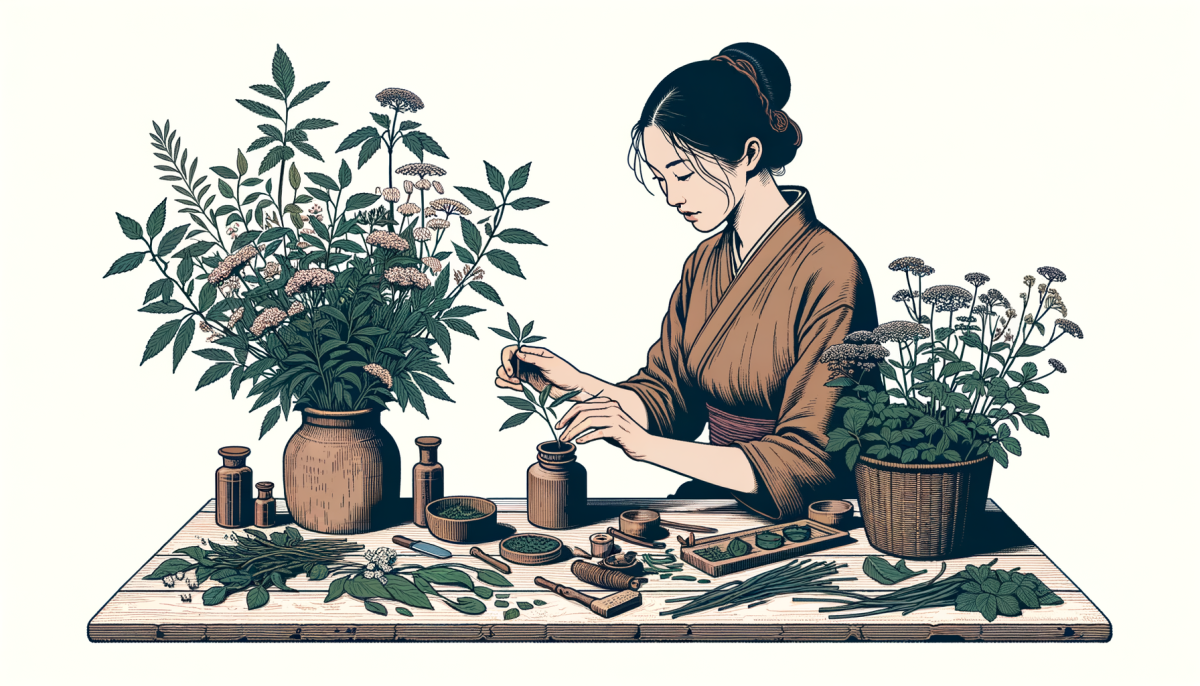Introduction
In the vast expanse of the natural world, a plethora of botanical wonders await discovery. These verdant treasures, often overlooked, hold the potential to alleviate a myriad of common ailments. This article delves into the realm of herbal remedies, exploring their fundamental principles, common applications, and methods of preparation.
Herbal Remedies Basics

Herbal remedies, a cornerstone of traditional medicine, harness the inherent power of plants to heal and restore balance within the human body. These remedies, steeped in centuries of wisdom, are derived from various parts of plants, including leaves, roots, seeds, and flowers. Each plant possesses a unique combination of active compounds, known as phytochemicals, which confer specific therapeutic properties.
The efficacy of herbal remedies is contingent upon the quality of the herbs used. It is crucial to source herbs that have been grown organically, free from harmful pesticides and pollutants. Furthermore, the method of extraction plays a pivotal role in preserving the potency of the active compounds. Cold pressing and steam distillation are among the most effective extraction methods, ensuring the integrity of the phytochemicals is maintained.
Understanding the synergistic relationship between different herbs is another fundamental aspect of herbal medicine. Certain herbs, when used in conjunction, can enhance each other’s therapeutic effects, resulting in a more potent remedy. However, it is important to exercise caution, as some herbs can interact negatively, causing adverse effects.
Common Ailments Treatment
Herbal remedies can be employed to treat a wide array of common ailments. For instance, Echinacea, a perennial plant native to North America, is renowned for its immune-boosting properties. It can be used to ward off the common cold and other respiratory infections. Similarly, St. John’s Wort, a flowering plant, has been used for centuries to alleviate symptoms of depression and anxiety.
Digestive issues, such as bloating and indigestion, can be effectively managed with peppermint. This aromatic herb relaxes the muscles of the gastrointestinal tract, facilitating smoother digestion. For those struggling with insomnia, valerian root can be a natural alternative to pharmaceutical sleep aids. It promotes relaxation and induces sleep, without the risk of dependency.
It is important to note that while herbal remedies can be effective, they are not a substitute for professional medical advice. Always consult with a healthcare provider before starting any new treatment regimen.
DIY Herbal Preparations
Creating your own herbal remedies can be a rewarding endeavor, allowing you to take an active role in your health and wellness. There are several methods of preparation, each suited to different types of herbs and intended uses.
Infusions are one of the simplest methods, involving the steeping of herbs in hot water. This method is ideal for delicate parts of the plant, such as leaves and flowers. Decoctions, on the other hand, involve simmering tougher parts of the plant, like roots and bark, to extract their active compounds.
Tinctures are another popular method, involving the immersion of herbs in alcohol or vinegar. This method is particularly effective for preserving the potency of the herbs over a long period. Lastly, poultices involve the application of herbs directly to the skin, often in a cloth wrap, to treat topical ailments.
Conclusion
In conclusion, herbal remedies offer a natural, holistic approach to health and wellness. By understanding the basics of herbal medicine, recognizing their application in treating common ailments, and mastering the art of preparation, one can harness the healing power of plants. However, it is crucial to remember that herbal remedies should be used responsibly, with due consideration for their potential interactions and side effects.





